Case Analysis of Geosynthetics: The Role of Geomembrane Com in Environmental Protection
In the evolving world of geosynthetics, geomembrane com has emerged as a critical material in environmental protection.
Tel: +86-411-39569550 | E-mail: info@geofantex.com/geofantex@gmail.com

In the evolving world of geosynthetics, geomembrane com has emerged as a critical material in environmental protection.
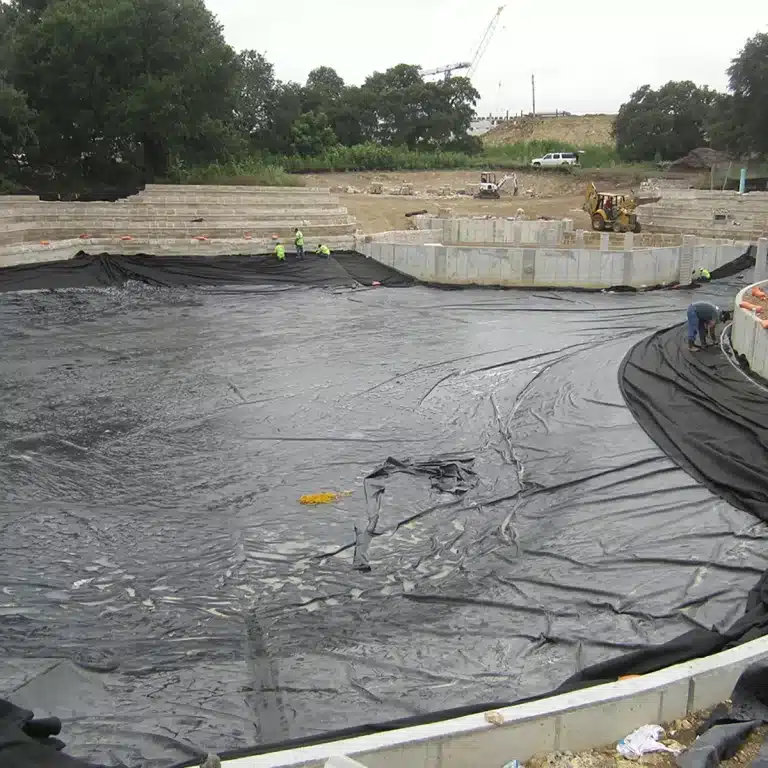
Geomembrane materials have become indispensable in various industrial applications, playing a crucial role in environmental protection.
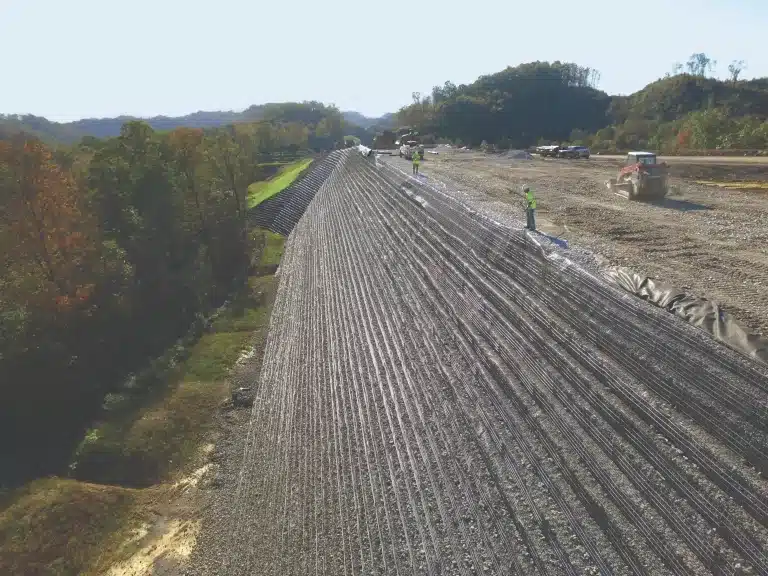
Geogrid retaining walls have emerged as a crucial component in the design and construction of sustainable infrastructure.

In recent industry news, the innovation of geogrid wall systems is reshaping the landscape of retaining wall construction.
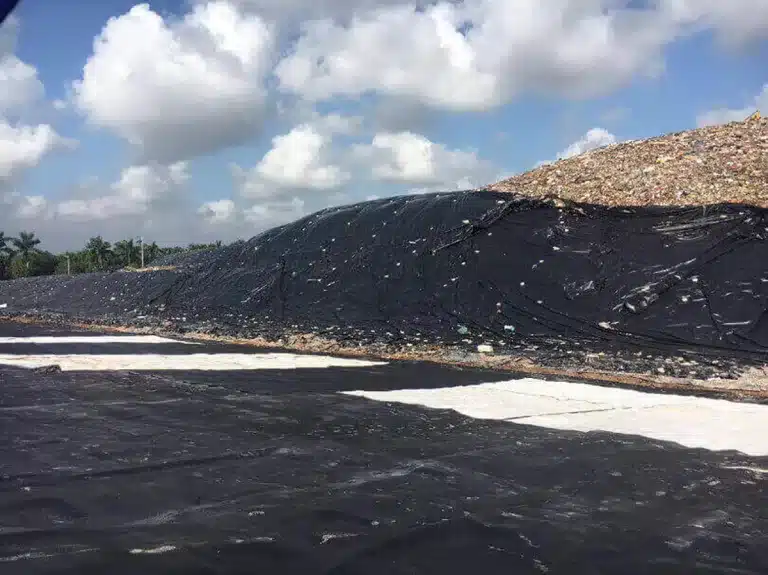
Geosynthetic material for embankment is increasingly being used in civil engineering projects to enhance the performance of soil structures.
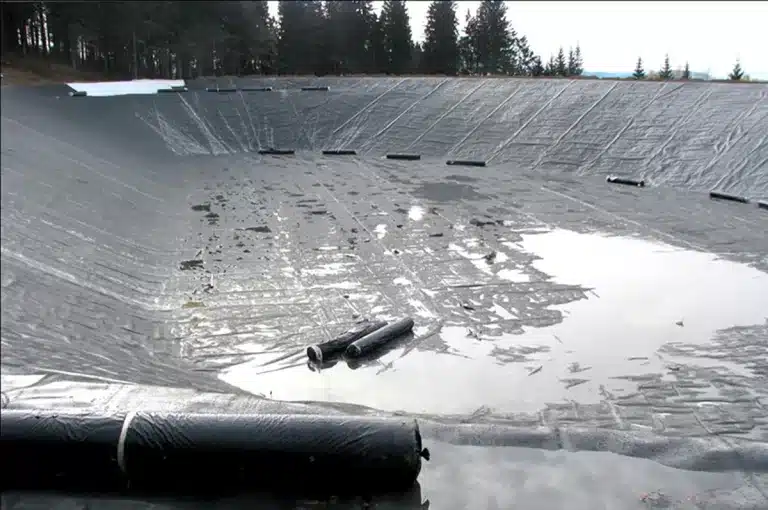
Geosynthetic pond liners provide critical environmental protection by minimizing water loss, preventing soil erosion.
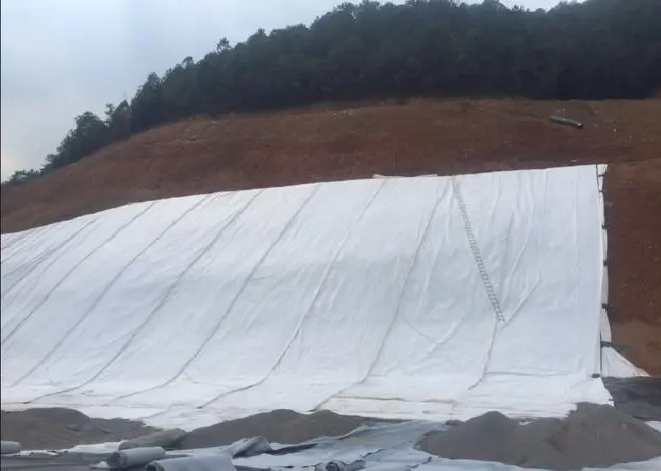
In recent years, filter fabric geotextile has become a pivotal material in the construction and civil engineering industries.
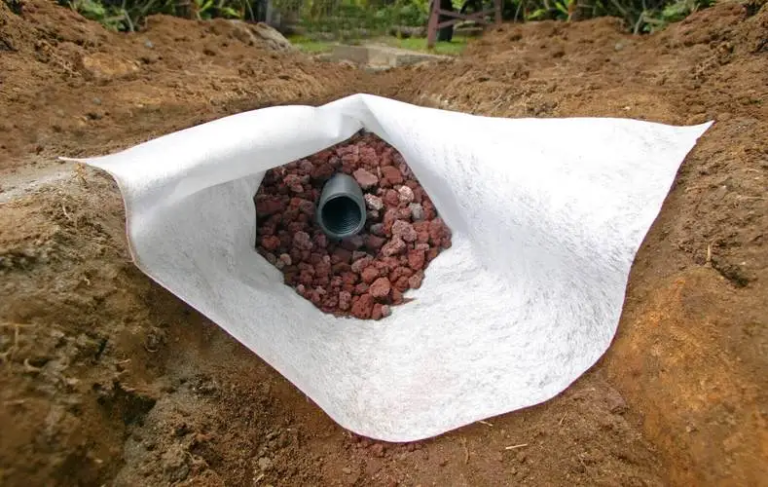
Geocomposite drains are emerging as a pivotal solution for efficient water management and soil reinforcement.
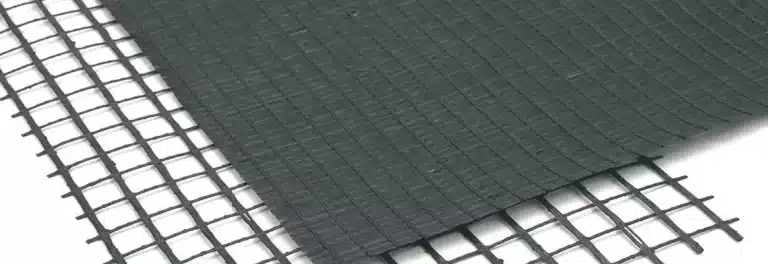
Geocomposite drains are emerging as a pivotal solution for efficient water management and soil reinforcement.
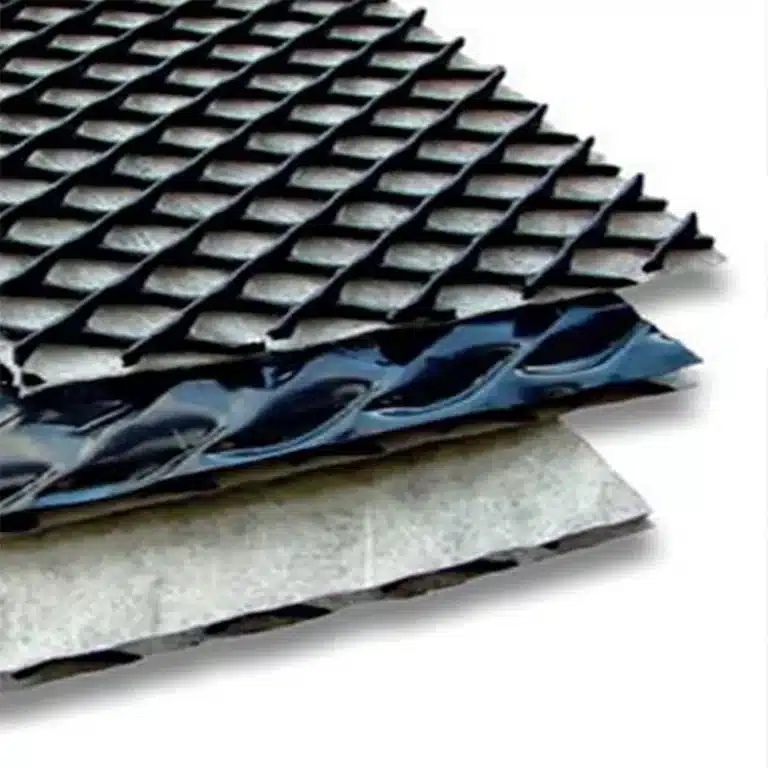
In conclusion, the evolution of geocomposite strip drains represents a pivotal advancement in geosynthetics.
End of content
End of content
WhatsApp us